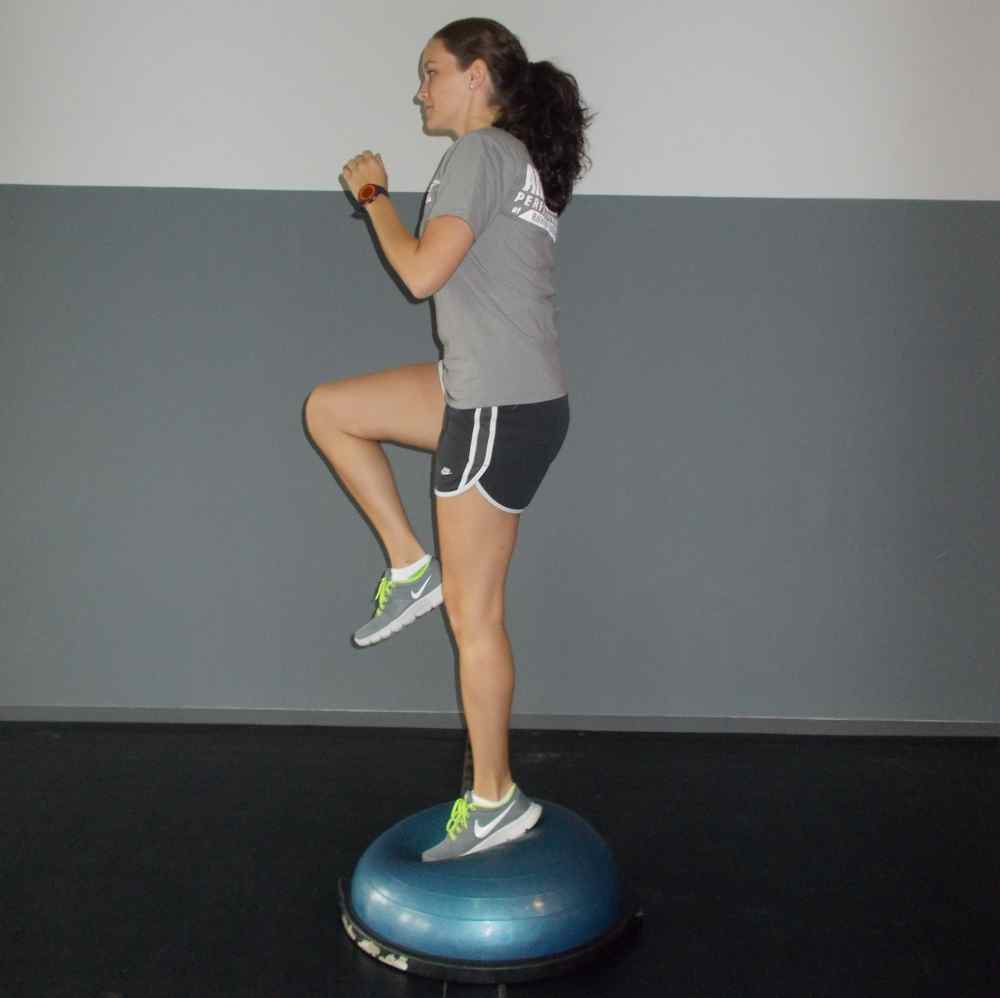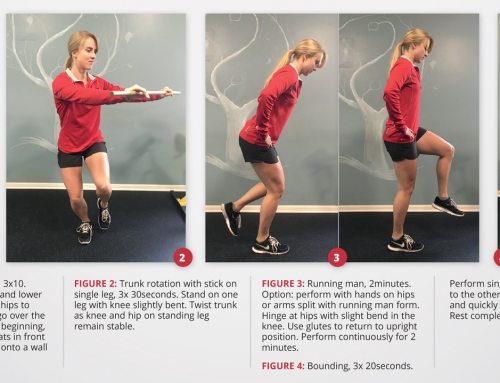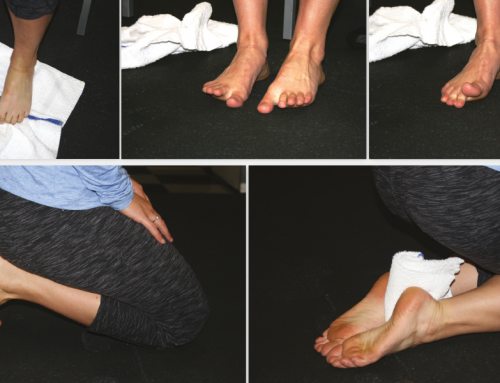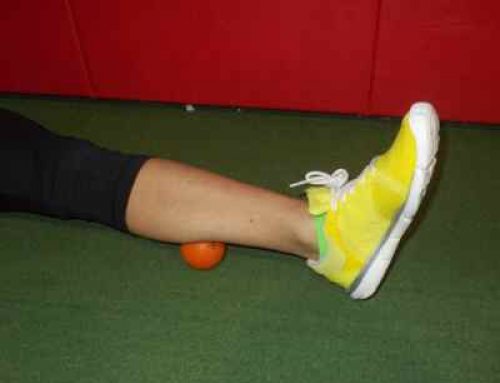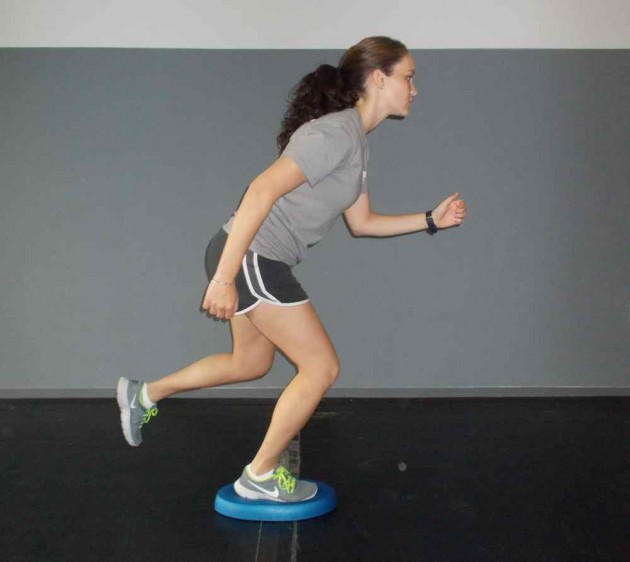
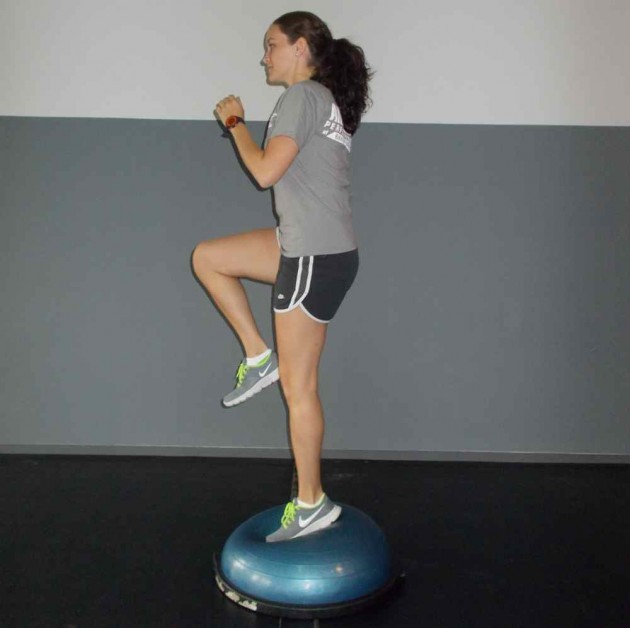
By Brian Schiff
Whether you enjoy hiking, spend time trail running or are gearing up for your next adventure race, building strong ankles should be part of your training regimen. Uneven terrain always poses a risk for injury. While ankle mobility and stability varies individually, a history of previous ankle sprains may increase injury potential as the muscles are called upon for additional support with any loss of joint stability.
The foot and ankle set the tone for the rest of the leg with walking, running and jumping. Weakness and suboptimal balance/proprioception may lead to excess strain on the knee, hip or back, or even contribute to falls. In many cases the ankle will roll inward (classic mechanism of injury for inversion ankle sprains) but it can also collapse inward and turn out (high ankle sprain injury profile).
Identifying any asymmetry that exists side-to-side is the first step to injury prevention. Keep in mind that running equates to single leg repetitive impact loading. Therefore, any weakness or instability will create excessive force transmission up the kinetic chain and contribute to overuse injuries. Performing a static balance assessment (eyes open on a bent knee) will provide a baseline for ankle stability. However, assessing the ability to balance on one leg with dynamic movements of the contralateral leg and upper body paints a more accurate picture of functional ankle strength and motor control.
One simple dynamic assessment that can be done at home involves single leg reaching. Balance on one leg and then slowly reach the other foot forward, then out to the side and finally backward, not allowing the foot to contact the ground. Return to the start position after reaching each direction. Take note of any loss of balance as well as the position of the knee relative to the foot. The kneecap should always point forward and in line with the second toe.
Elastic bands are often prescribed for general ankle strengthening. They are effective for improving base strength, but the following exercises can be implemented to improve functional ankle strength and motor control in a weight-bearing position.
- Unstable step-up with hip drive – Using a BOSU balance trainer, step up forward on the left leg and slowly drive the right hip up to 90 degrees. Pause at the top and then return to the start position. Perform two sets of 10 repetitions on each side. If you do not have access to a BOSU balance trainer, you can use one or two folded pillows.
- Unstable single leg squats – Using a foam pad, half roller or even a folded pillow, squat down 45-60 degrees and then return to the upright position. Perform two sets of 10 repetitions on each side.
These exercises are effective because they load the body in a unilateral fashion, thereby addressing any asymmetry and strengthening the kinetic chain. Performing the exercises without shoes will increase difficulty if an additional balance challenge is needed.
# # #
Brian Schiff, PT, OCS, CSCS is a sports physical therapist and supervisor at the Raleigh location of Athletes’ Performance at Raleigh Orthopaedic. The Raleigh and Cary Athletes’ Performance locations currently offer free injury screens for runners, cyclists and triathletes. For more information, visit www.apcraleigh.com or www.apccary.com.


